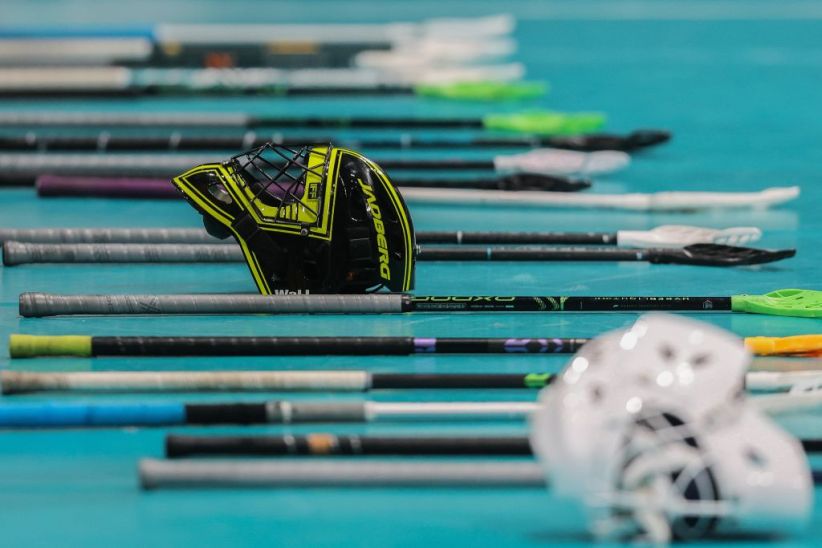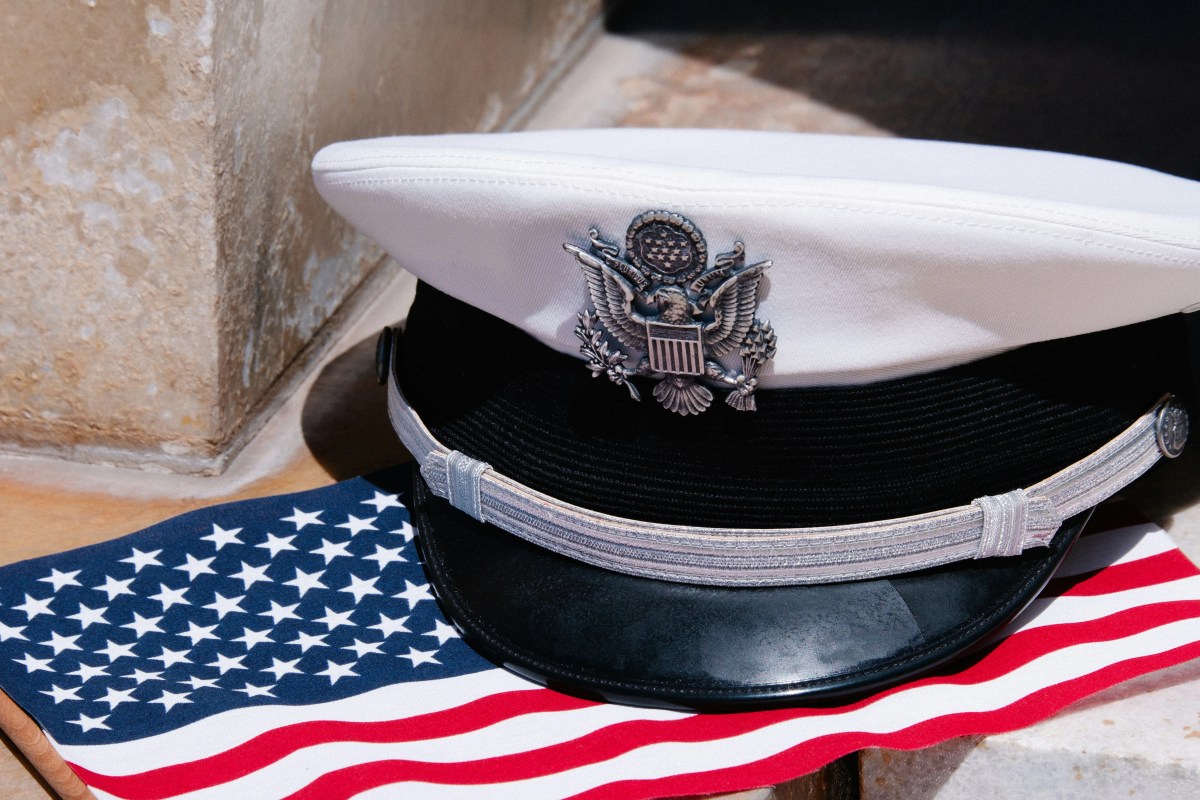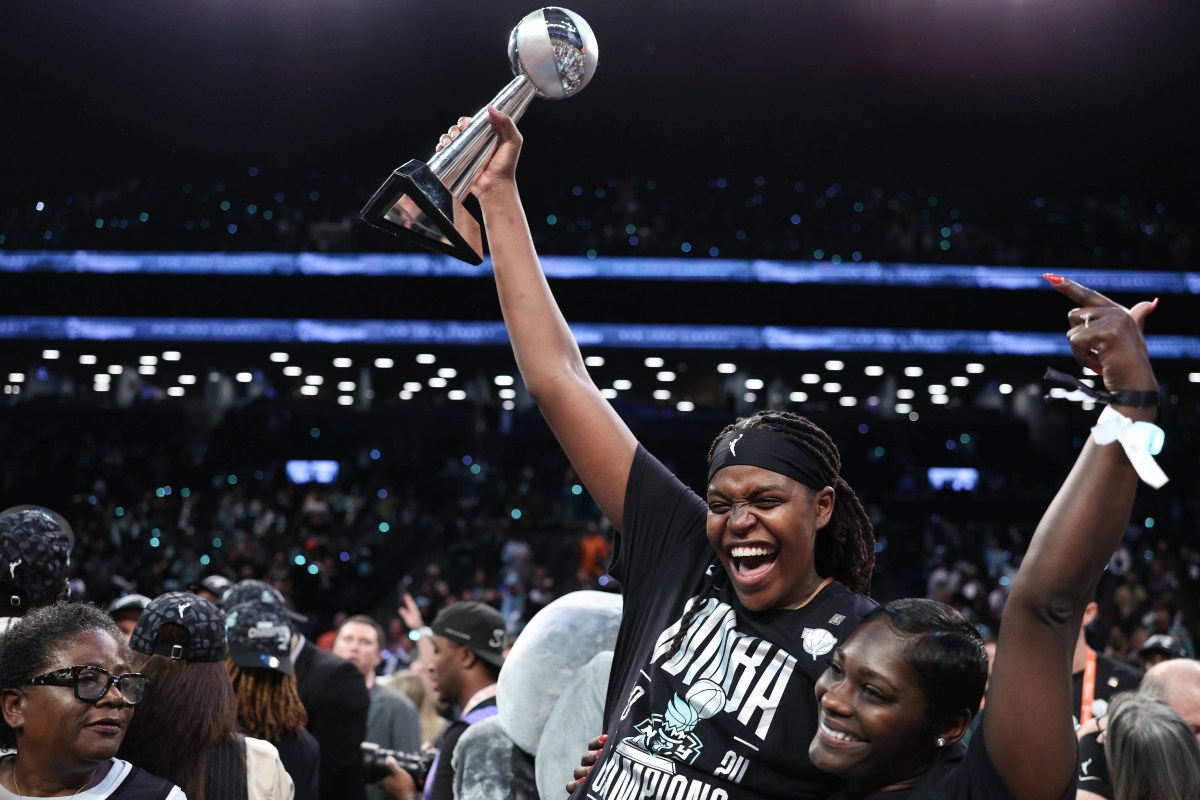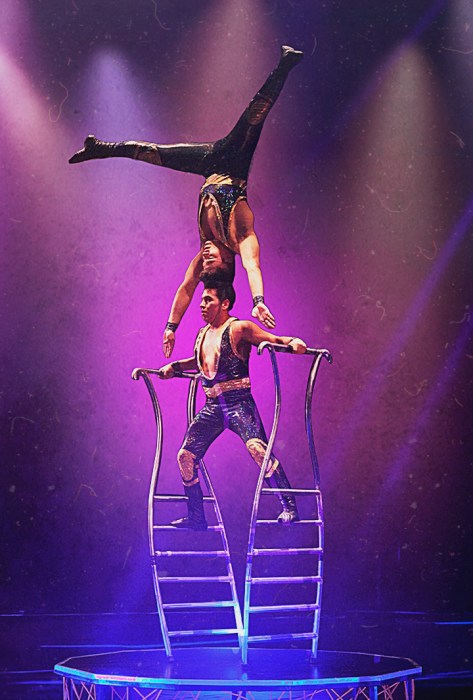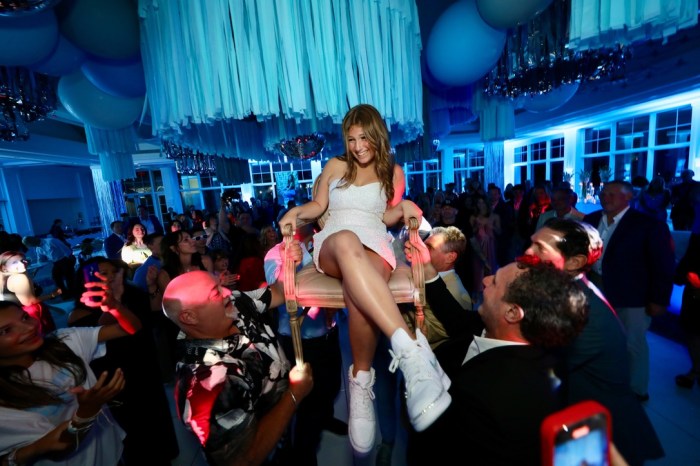As the warm weather approaches young athletes will begin hitting the baseball fields for spring training. In the spirit of competition, it will be tempting for these young athletes to start throwing and swinging for the rafters. However, a little pre-season conditioning is vital to build strength and flexibility to prevent a shoulder injury that could take a young player out of the game.
It’s not just professional players who need to go slowly; young athletes should also take precautions before they get onto the fields. Although baseball is not a contact sport, many kids are injured each year with shoulder injuries leading the way. The shoulder is the area most prone to injury for baseball players whether you are pitching or playing the field. Throwing a baseball sends a great amount of twisting force, called torque, into the rotator cuff (a series of four small muscles that holds the shoulder in place and decelerates the arm).
We suggest the following eight pre-season conditioning and best practices for young athletes once the season is underway to hopefully stay injury free.
1. Always start with a gentle warm up. Players should warm up with some moderate aerobic activity to get the blood flowing to the muscles and joints, such as a short jog or jumping rope. This should be followed by 5-10 minutes of pre-game (and practice) stretching to keep stressed areas flexible and strong. A strong shoulder involves greater dynamic range of motion but should not create hyper-flexibility through improper static stretching techniques. Proper warm up techniques include forward and backward arm circles, external and internal rotations and arm pumps.
2. Take it slow. Whether you are practicing or playing a game, young ball players should take it slow to best prepare and protect the shoulder muscles. Rotator cuff muscles are smaller, weaker muscles, and they tend to fatigue at a faster rate when engaged in strenuous activity.
3. Make sure your technique is spot on. Hitting, throwing or pitching a ball incorrectly can further stress the shoulder. Get advice from a coach to make sure your technique is correct.
4. Get strong with weight training. Focus on exercises to strengthen the rotator cuff and the muscles that stabilize the shoulder. Repetitions should be performed with light weight with the goal of strengthening underused muscles that hold the shoulder together. Young baseball players should do simple exercises such as the forward dumbbell raise or the lateral fly and substitute an incline press for a military press to avoid injury.
5. Work on your cardio. A cardiovascular fitness routine is the foundation for injury prevention and resilient muscles; aim for 20 to 30 minutes a day before and during the baseball season.
6. Don’t overdo it. We caution young athletes (and their parents) against pitching in multiple leagues simultaneously because the body needs a break from the wear and tear of throwing. We agree with Little League Baseball’s official advice that pitching be limited to a maximum of six innings per week and include mandatory rest periods between starts (the ideal is four days off).
7. Don’t play through the pain. Most joint injuries only worsen with continued stress so pay attention to your body. Players need to know the difference between an overuse injury, which tends to be less severe and responsive to self-treatment, and a traumatic injury, which should be evaluated by an orthopaedist immediately. As a general rule, young athletes should call a doctor if a significant affliction fails to improve within 24 hours; if they have extreme pain, swelling or fever, if they have muscle weakness or if they hear a cracking or popping sound with the injury.
8. Rest. Most rotator cuff injuries will resolve themselves within 3-4 weeks with the RICE treatment – Rest, Ice, Compression and Elevation. Resting the joint immediately and slowly resuming activity with gentle stretches and strengthening exercises as it heals is far better than rushing the rehabilitation.
Kevin D. Plancher, M.D., is a board-certified orthopaedic surgeon and the founder of Plancher Orthopaedics & Sports Medicine. Plancher Orthopaedics & Sports Medicine is a general orthopaedics and sports medicine practice with offices in New York City and Greenwich, Conn. planc





